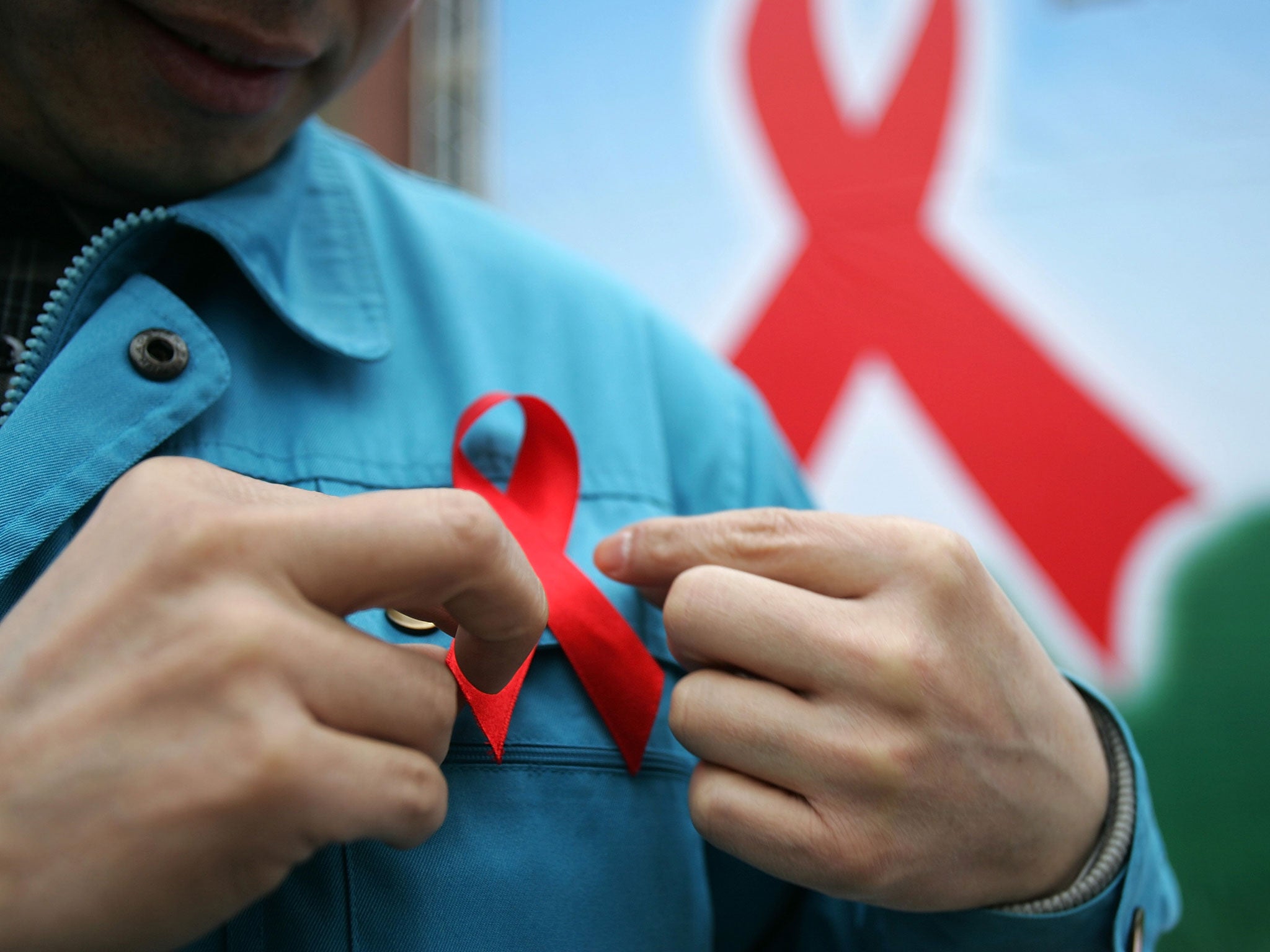The Independent's journalism is supported by our readers. When you purchase through links on our site, we may earn commission.
World Aids Day: What you want to know about HIV/Aids but are afraid to ask
There are approximately 36.9 million people living with HIV

Your support helps us to tell the story
From reproductive rights to climate change to Big Tech, The Independent is on the ground when the story is developing. Whether it's investigating the financials of Elon Musk's pro-Trump PAC or producing our latest documentary, 'The A Word', which shines a light on the American women fighting for reproductive rights, we know how important it is to parse out the facts from the messaging.
At such a critical moment in US history, we need reporters on the ground. Your donation allows us to keep sending journalists to speak to both sides of the story.
The Independent is trusted by Americans across the entire political spectrum. And unlike many other quality news outlets, we choose not to lock Americans out of our reporting and analysis with paywalls. We believe quality journalism should be available to everyone, paid for by those who can afford it.
Your support makes all the difference.World Aids Day is an opportunity for people worldwide to unite in the fight against HIV, show their support for people living with HIV and to commemorate people who have died.
According to the World Health Organisation, HIV continues to be a major global public health issue and has so far claimed more than 34 million lives.
Hollywood actor Charlie Sheen’s high profile HIV interview with NBC’s Today programme provided a timely reminder that the virus has not gone away.
Globally, there were approximately 36.9 million people living with HIV at the end of 2014. In the UK, it is believed that as many as 18,000 people are unaware that they are living with HIV.
18,000
The numer of people in the UK unaware they have HIV
Advances in medicine mean that contracting HIV no longer equals the certain death sentence it once suggested. However, the virus does still require careful management and life-long medication.
Failing to take the precautions necessary for preventing HIV infection can also leave people vulnerable to other sexually transmitted infections (STIs) such as chlamydia, herpes or gonorrhoea. Even if you have no symptoms, it’s important to get yourself tested if you think you might be at risk of infection.
What is HIV and AIDS?
The Human Immunodeficiency Virus (HIV) causes an infection that can lead to acquired immunodeficiency syndrome, or AIDS.
AIDS results in a progressive failure of the immune system leading to potentially fatal infections and cancers.
How can HIV be passed on?
HIV is carried by certain bodily fluids and can be passed on when those fluids are transferred from one person to another. Infected fluids need to pass into another person’s bloodstream for infection to occur.
Those fluids include semen, breast milk and blood. HIV is not carried by saliva.
British AIDS and HIV charity the Terence Higgins Trust says that the most common way for HIV to be passed on is through unprotected vaginal or anal sex.
HIV can also be passed on through shared intravenous needles or from mother to baby during childbirth, or as a result of breastfeeding.
The risk of passing HIV to a baby during labour can now be as low as 1 per cent if precautions are taken.
Practicing safe sex can protect against the spread of HIV and other sexually transmitted diseases.
Is there a cure for HIV?
There’s still no cure for HIV but advances in medicine over the last thirty years now mean that it is no longer a condition that has to be life-limiting.
Treatments for HIV and AIDS works by reducing the amount of the HIV virus in the body and strengthening the immune system.
Antiretroviral therapy (ART) involves using a combination of medicines, taken daily, to prevent the virus from multiplying. They can’t kill the virus but can prevent the progression to AIDS. A combination of drugs is used because the virus can adapt and become resistant to drug treatments.
Patients who are receiving ART require regular blood test monitoring. These tests check how much virus is ‘detectable’. The aim of treatment is to achieve an undetectable viral load.
People who are on effective HIV treatment, and have an undetectable viral load, are non-infectious.
Emergency HIV treatment
People who believe they may have been at risk of HIV infection can take medication to prevent the HIV virus from multiplying in the body.
To be effective, post-exposure prophylaxis or PEP must be taken with 72 hours of coming into contact with the virus.
Who to tell about a HIV positive diagnosis?
Aside from the medical aspects of HIV and AIDS, there is still much stigma that exists around the diagnosis. It was only 30 years ago that fearsome national TV adverts told us there was a “danger that is a threat to us all” and “don’t die of ignorance”.
It can be very difficult for HIV positive patients to feel able to disclose their diagnosis. Knowing who to tell and how to tell someone can be a difficult process. Support is available for patients via their GP or charities such as Terence Higgins Trust. Support groups are also available for patients.
It is a criminal offense to knowingly pass on the virus, as well as other STIs, without first disclosing your diagnosis to your partner.
Dr Alexandra Phelan is an NHS GP and member of the Pharmacy2u.co.uk Online Doctor Service team
Join our commenting forum
Join thought-provoking conversations, follow other Independent readers and see their replies
Comments